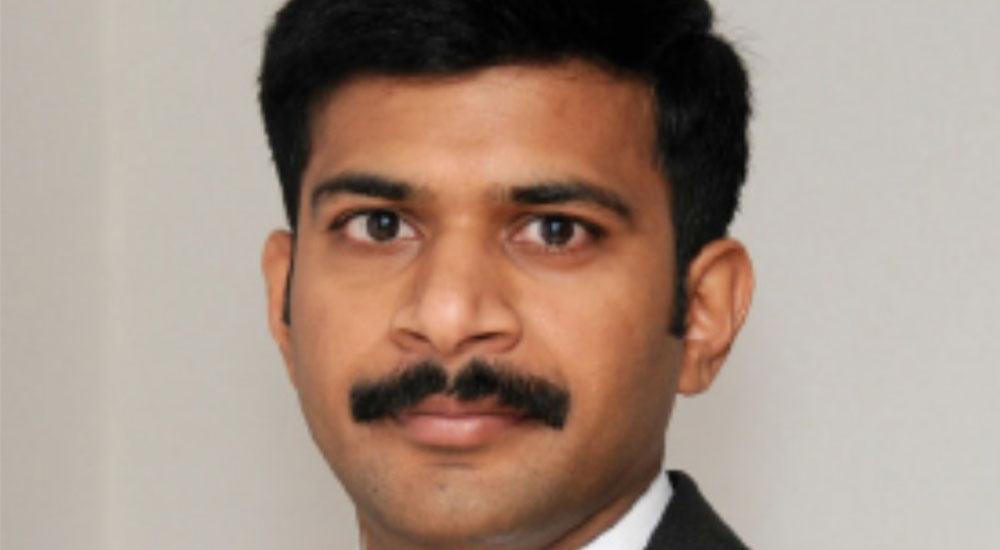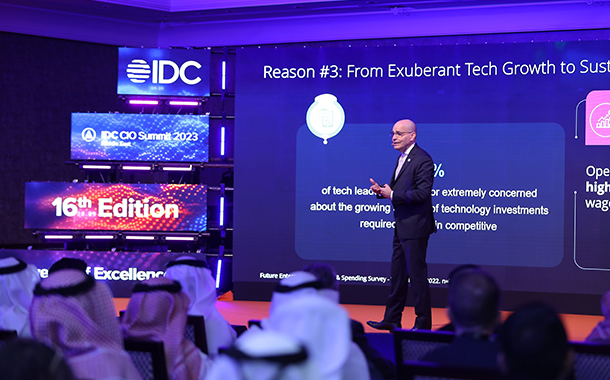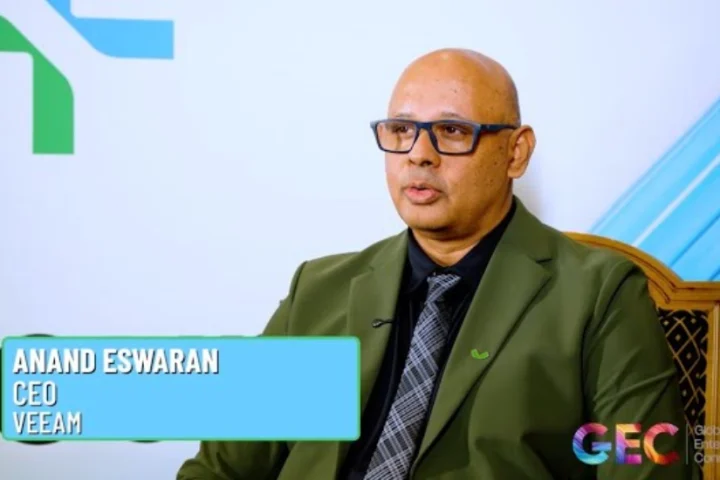Spending on Internet of Things, IoT, technologies in the Middle East and Africa is set to top $8.47 billion this year, according to the latest forecast from global technology research and consulting firm International Data Corporation, IDC. A recent update to the firm’s Worldwide Semiannual Internet of Things Spending Guide shows that IoT spending in the MEA region will grow 15.9% year on year in 2019 and reach $17.63 billion by 2023 as governments and businesses ramp up their investments in digital transformation projects.
“IoT adoption in the MEA region is expected to accelerate over the coming years as organisations from both the public and private sectors look to improve their provision of customer services, expedite decision making, improve the quality of products and services, accelerate their time to market, reduce costs, and increase productivity,” says Krishna Chinta, Programme Manager, Telecommunications and IoT, IDC MEA. “And as organisations continue to reap the value generated by IoT, we can expect to see further development of innovative industry-specific solutions.”
Totalling $2.99 billion, hardware is forecast to be the market’s largest technology category in 2019, with the majority of this spending going towards modules and sensors. IoT services, forecast to be worth $2.98 billion, will be the second-largest technology category in 2019, with the majority of this total going towards ongoing services and content-as-a-service, as well as IT and installation services.
Software will be the third-largest technology category, followed by connectivity. Meanwhile, software will be market’s fastest-growing category over the coming years, with spending in this area increasing at a CAGR of 20.9% over the 2018–2023 forecast period.
The big four countries in the region, namely South Africa, $1.9 billion; Saudi Arabia, $1.49 billion; Turkey, $1.24 billion and the UAE, $0.65 billion are expected to account for 62% of total IoT expenditure in the MEA region in 2019. The industries that are expected to spend the most on IoT solutions in 2019 are manufacturing, $1.52 billion; government, $1.11 billion; consumer, $1.09billion; transportation, $1.06 billion and utilities, $0.73 billion.
Manufacturers will direct most of their IoT spending in 2019 towards solutions that support manufacturing operations and production asset management. In the government sector, public infrastructure asset management, public safety and emergency response, and intelligent transport systems, will account for over 66% of IoT spending in 2019.
Over 75% of consumer IoT spending in 2019 will be driven by investments around smart home technologies, remote health monitoring, and connected vehicles. In the transportation sector, fleet management and freight monitoring solutions together will account for approximately 80% of IoT spending in 2019. Meanwhile, smart grids for electricity will account for 78% of total IoT spending in the utilities sector.
The IoT use cases that IDC expects to attract the largest investments in 2019 are manufacturing operations, $0.58 billion; smart grid electricity, $0.57 billion; production asset management, $0.53 billion; smart home, $0.44 billion; fleet management, $0.44 billion and freight monitoring, $0.42 billion.
IDC forecasts that the top use cases will retain their positions through 2023, with the exception of fleet management and freight monitoring, which are expected to swap their positions. The use cases that will see the fastest spending growth over the 2018-2023 forecast period are airport facility automation, 41.1% CAGR; electric vehicle charging, 31.3% CAGR; health and wellness, 28.9% CAGR; smart building, 26.2% CAGR and smart grids for water, 25.2% CAGR.
“Ongoing national transformation programs and digital transformation projects will continue to fuel IoT adoption over the coming 12 months, particularly in Saudi Arabia and the UAE,” says Chinta. “As such, these two countries are expected to contribute a combined $2.13 billion of the MEA region’s total IoT spending of $8.47 billion in 2019.”


























